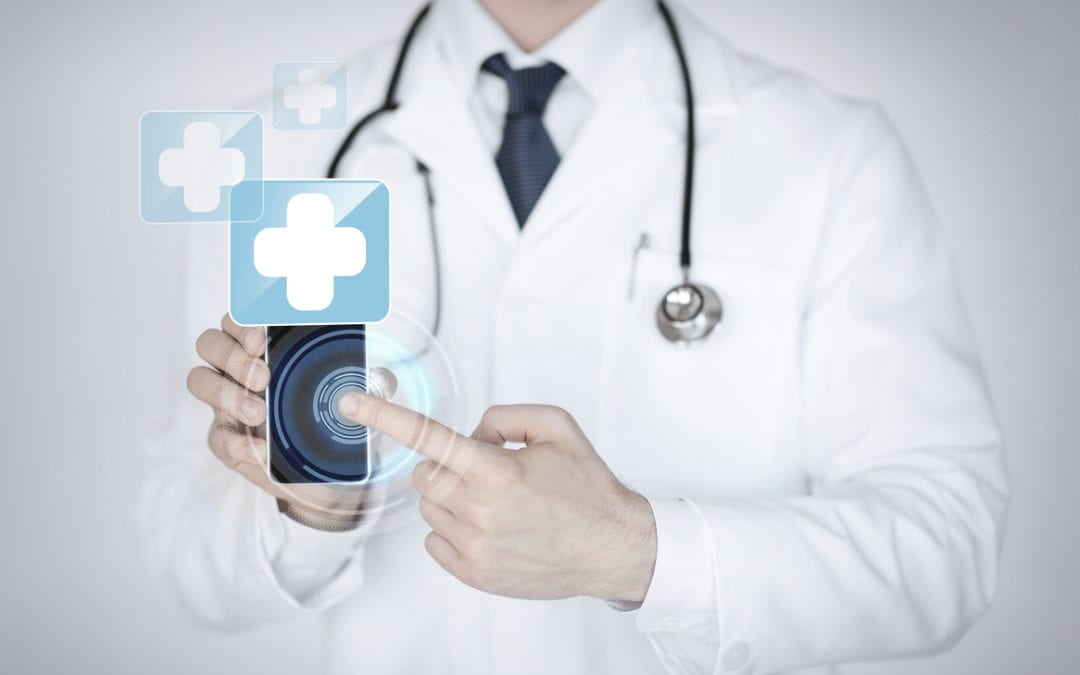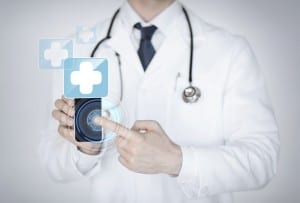Sensors have taken their hold in the medical world. You see them mostly in the form of wearable technology, like FitBits, but can also come as apps and other forms of big data analytics.
This surge in quantifiable data is a promising trend as we move towards high-quality, low-cost healthcare for the general population. There’s still a gap in this technology, as many of them rely on self-reporting. Thus, we’ve seen the rise and gradual implementation of ingestible sensors.
They work exactly as they sound: a computer chip in the form of a small capsule is swallowed, just like taking a daily vitamin. The sensor will read what’s going into the body, and transmit that information to an outside device, like a smartphone.
Technology is developing rapidly on this front. For example, researchers at MIT and Brigham and Women’s Hospital discovered how a sensor cell can be powered by acids in our stomachs. No longer having to rely on batteries, this is just one way of lowering costs for this technology.
Even further, the Centers for Medicare and Medicaid Services (CMS) support efforts in telemedicine, as demonstrated by their expanded coverage to now account for remote chronic care management.
What are the benefits of sensor technology?
The idea behind sensors is that quantified data helps doctors understand lifestyle behaviors, which can help providers make better decisions and lend more insight into personal health. This can go a long way towards treating chronic conditions, which account for 86% of the U.S.’s healthcare costs.
Here are the more practical benefits:
- Many patients, especially older ones, are taking multiple medications and can easily miss dosages and cause further damage to the body. Ingestible sensors can monitor dosages and document which medication was taken, as well as how often
- Sensors can provide daily assessments for certain health indicators, like heart rate, caloric intake and metabolic profiles, which can reduce the number of physical check-ups
- This same technology can be used for imaging, such as camera pills, which can photograph a patient’s colon and be used in lieu of a colonoscopy
One of the biggest challenges is widespread buy-in
Some patients are still squeamish about ingestibles, citing both health and privacy concerns. Part of that will fall on educating the public: the technology has been FDA-approved, and is manufactured with the same materials one would ingest in a daily vitamin.
Privacy is a valid concern. Developers would need to ensure this information can stay protected as it’s shared on safe platforms.
The biggest need for buy-in exists within providers themselves, though. The technology is still developing and in need of refinement, but much can be discovered through clinical use. In a report on quantified healthcare, the researchers concluded:
“As sensor technologies evolve, we need continued rigorous evaluation in the form of prospective clinical trials to guide the appropriate use and coverage of digital health solutions…Health systems, and specifically, health care providers, can play an active role in accelerating the dissemination of innovative technologies by assuming the role of early adopters.”
As the US continues to move towards value-based care, this technology is among several that will revolutionize the industry. It’s our hope at MBA Medical to keep physicians and providers informed of cutting-edge developments so they can be best prepared for moving along with all new technologies.


